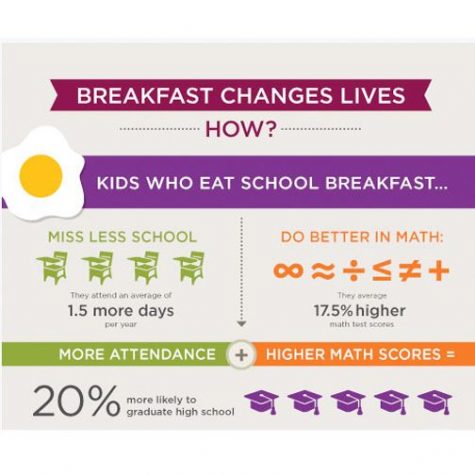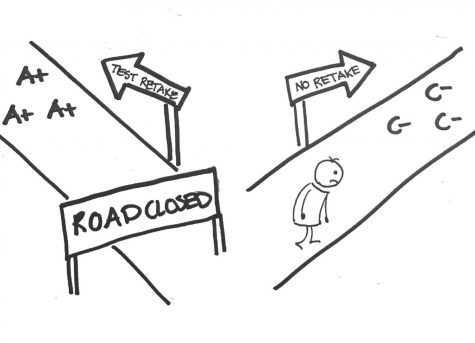Lack of Attendance in Grade-Level Classes
March 20, 2020
According to healthychildren.org, about 19 percent of all high school students are chronically absent, meaning they missed at least 10 percent of the school year or the equivalent of around 18 days a year whether those absences were excused or unexcused. In the 2015-2016 school year, the U.S. Department of Education released data that almost eight million students were chronically absent according to those standards.
Throughout a single day of classes at South, a student can notice the stark difference in attendance in grade level classes as opposed to advanced classes. In a survey of 55 local high school students, 85 percent of students reported taking at least one advanced or AP class this semester. With these reports, students missed about 27 percent more advanced or AP classes than their normal grade level classes.
The difference in pace between the two class levels is often the reason students avoid missing their advanced or AP classes as opposed to their normal ones. Because of the possibility of attaining college credit for AP classes, teachers structure those classes more like a typical college class with lectures and discussions with less hand-outs and busy work. Advanced placement classes have a set test date at the end of the year which doesn’t change even with snow days, so teachers can feel that they must fit all the lessons into the year’s time period and be able to thoroughly prepare their students for the rigorous testing.
Teachers of advanced classes generally hold their students to higher standards and expectations which adds unspoken pressure to their students. “Yes I feel a lot more pressure when missing one of my AP classes because the lectures and lessons are a lot more confusing and difficult to understand without the teacher explaining them to you,” said Paul Thalmann, a South senior taking four AP classes this semester and five last semester.
Usually, teachers in non-advanced classes are more lenient in getting students caught up during class time rather than force them to do it outside of class. “I have definitely thought about taking a day off in the last two weeks and gone to school anyway in fear that I would miss important information in A-level/AP classes,” said Wheaton Warrenville South senior Lillian Sider. “In I-level classes there is generally time allotted to catch up, but AP and A-level classes will leave you behind if you miss too much.”
More often than not, advanced or AP class teachers encourage their students to uphold their attendance and do everything in their efforts to be in class. Meanwhile, normal or I-level classes don’t make as much effort in combating absences which seem to just skyrocket senior year of high school. Many local students surveyed cited that normal level classes are much more relaxed and slower pace, allowing students to be able to miss more class and not fall as behind. The sheer workload of AP and advanced classes almost force students to be in class as a day of missed work could equal hours outside of class time.
Harvest Christian Academy student, Madison Pfister said, “The normal level classes tend to be easier to make up the work for, whereas when I miss an advanced or AP level class, there is a far greater amount of stress-inducing makeup work that needs to be completed, on top of all the compounding and growing work being added.” The overall stressful workload of advanced classes, especially AP, essentially force students to be in attendance to stay on top of their work and not fall drastically behind.
In order to combat the chronic absences often in I-level and normal classes, educators could make a larger effort to encourage steady attendance for all of their students. Better attendance in high school can lead to better class attendance in college according to University of Chicago.
As there aren’t teachers nagging students to be in class; it’s solely up to the students whether they want to attend or not.












